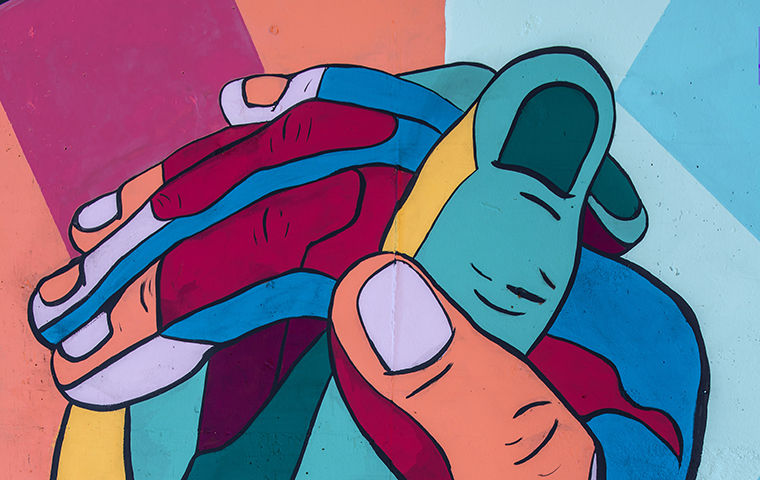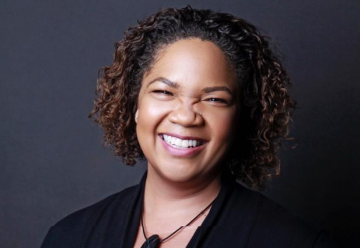
Mentorship Program Boosts ‘Emotional Immune System’ of BIPOC Students at Santa Clara
Finding Affirmation and Meaning (F.A.M) links students, faculty, staff, and alumni of color for meetings and one-on-one mentorship.
The second-ever meeting of Finding Affirmation and Meaning (F.A.M.) couldn’t have come at a better time. It was Jan. 8, just two days after the attack on the U.S. Capitol Building, and the students, staff, and alumni members of the mentorship group had a lot to process.
The world had just watched history unfold live on television. White nationalists had marched through predominantly Black neighborhoods and flew confederate flags in the Capitol. It was terrifying on a personal level for some members.
Events like the insurrection can be isolating for people of color. Living and working in spaces where few share your experience means you’re sometimes left to cope with trauma by yourself. Without a common understanding, difficult conversations become impossible.
But this time, that didn’t happen. While F.A.M. has members of all backgrounds, opinions, and beliefs, there is a shared experience as people of color on a predominantly white campus that allowed for conversation and healing during the group’s second meeting.
“F.A.M. meetings offer a chance to kind of unpack days like Jan. 6,” says Nicole Banks, who is a F.A.M. member and works at SCU as the outreach coordinator and suicide prevention specialist for the Cowell Center. “It’s a safe space for students, faculty, and staff to come together and talk about how they were feeling in that moment, and what they as individuals needed.”
Created by the Office of Multicultural Learning (OML) in fall 2020, F.A.M. is a way for people of color from all parts of campus and stages of life to support each other. Not every meeting will be about big historical topics like an insurrection—in fact most won’t—but participants can talk about whatever they want: relationships, careers, school, anything.

Nicole Banks is one of the staff mentors in F.A.M.
In addition to the group meetings, F.A.M. also includes 1:1 sessions between students and mentors. OML matched all student participants with a faculty, staff, and alumni mentor based on interests and personality.
Stacie Aori ’25, a graduate student in Counseling Psychology, was paired with Tanisha Sparks, director of finance and administration for the Jesuit School of Theology. Each meeting, Sparks reminds Aori that the hour is “her time,” so she can talk about whatever she wants.
“The other day, I was talking about my love life and she listened throughout,” Aori says. “She always knows what to say. I was thinking: it’s so cool to have that space.”
While scheduling conflicts kept Aori from attending the group meetings, her regular one-on-one sessions with Sparks offer the kind of support she couldn’t get through traditional counseling.
Before joining F.A.M., for example, she met with therapists but often found it hard for white therapists to understand the unique challenges she faced as a Black person. She once had a therapist suggest she start walking around the neighborhood for exercise. Aori tried to explain that she didn’t feel safe walking around her neighborhood because of how Black people are often perceived, but the therapist didn’t understand.
“I can just tell Tanisha I don’t want to walk around the neighborhood, and she understands,” Aori says.
Banks says the program strengthens the “emotional immune system” of students of color at Santa Clara. She might not be able to protect her student mentee from racism she’ll encounter in life, but she can help her not feel alone in dealing with those experiences.
“F.A.M is a natural line of defense against those things that come to steal the health, joy, or equanimous rights of students of color,” Banks says. “That is how vital this program and faculty of color are to students on the SCU campus.”